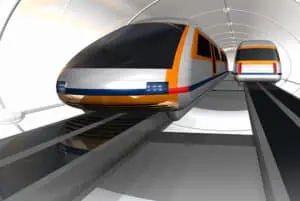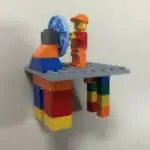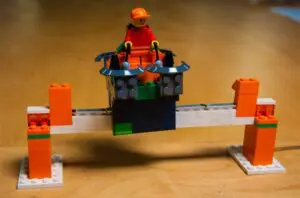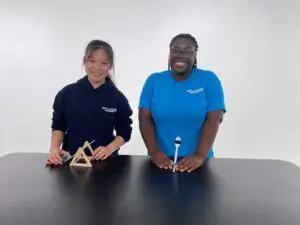Attractive force: A force that attracts objects toward each other. Levitation: The raising of an object into the air without physically supporting the object.
Maglev: Magnetically levitated vehicle.
Magnet: A piece of iron, iron ore, or compound containing iron in which the atoms are arranged to display a magnetic field.
Magnetic field: A region in the space around a magnet where the magnetic force can be felt.
Magnetic pole: One of two ends of a magnet where the magnetic lines of force are concentrated and are the strongest. Magnets have two poles: north and south. Like poles repel each other, while opposite poles attract.
Magnetism: The property of matter that allows an object to attract iron or materials containing iron, such as steel.
Repulsive force: A force that pushes two or more objects away from each other.













2 Comments
I wish I can donate 100000 dollars to you but I am a kid